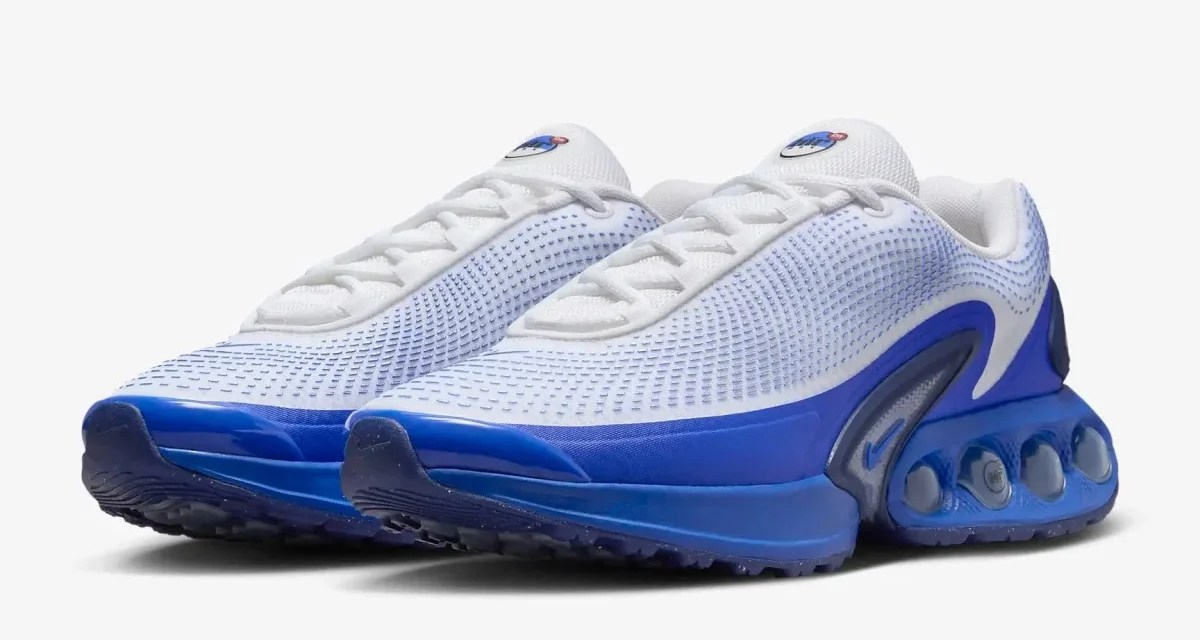Nike posts its first digital decline in 9 years

Nike posted its first decline in its Nike brand digital sales since 2015 — when it first began breaking out growth specific to that channel or Nike.com in either earnings releases or earnings calls — raising questions about the effectiveness of its direct-to-consumer strategy.
On Thursday, Nike announced that Nike brand digital sales dipped 3% year-over-year from the third quarter of fiscal 2023 to the third quarter of fiscal 2024. Still, its third-quarter revenue came in at $12.4 billion, essentially unchanged from a year ago. It’s a stark contrast from the third quarter of fiscal 2023, when Nike’s revenue was up 14% from the third quarter of fiscal 2022.
The drop in Nike’s digital business comes as Nike is trying to figure out the right balance between DTC and wholesale sales. Growing out its direct sales, both through its own stores and website, has been a big focus for Nike since announcing its Consumer Direct Offense strategy in 2017. Under this change, Nike significantly slashed its number of retail partners to better focus on DTC channels. At the time, Nike bet its brand recognition would drive customers to its website and stores. However, inflation started to rise, and many consumers cut back on discretionary spending to divert money to essentials.
Last year, in an attempt to boost sales, Nike resumed its wholesale partnerships with Foot Locker, DSW and Macy’s. Nike still faced gaps in its business, though, and in December, it announced it would cut up to $2 billion in costs over the next three years to better fuel growth and achieve long-term profitability.
Overall, Nike’s DTC revenue for the past quarter — which includes sales from both its own stores and website — totaled $5.4 billion, slightly up from the year prior. Nike’s wholesale revenue was $6.6 billion, up 3% year-over-year. But the digital channel began to show signs of lagging; Nike’s DTC traffic from digital has dropped over the last year, according to data from SimilarWeb.
On Thursday’s earnings call, Nike CEO John Donahoe acknowledged the company needs to change direction. “Q3 performed in line with our expectations,” he said. “That said, we know Nike’s not performing at our potential. While our Consumer Direct Acceleration strategy has driven growth and direct connections with consumers, it’s been clear that we need to make some important adjustments.”
“Simply put, we need to make adjustments in four areas,” he continued. “We need to sharpen our focus on sport. We must drive a continuous flow of new product innovation. Our brand marketing must become bolder and more distinctive. And while Nike Direct will continue to play a critical role, we must lean in with our wholesale partners to elevate our brand and grow the total marketplace.”
While Nike benefitted from the pandemic-era boom in running, investors have since cooled on the company amid the rise of competitors like Hoka and On. Per Bloomberg, Nike lost more than 40% of its value since its peak in 2021. Prior to Thursday’s earnings, Telsey Advisory Group, Morgan Stanley and Bank of America all lowered their price targets for Nike.
In February, Nike said it would cut 2% of its current workforce, or more than 1,500 jobs, as part of a broader restructuring. That plan, CFO Matthew Friend said in December, involved “simplifying our product assortment, increasing automation and use of technology, streamlining our organization and leveraging our scale to drive greater efficiency.”
Analysts say it will take more than cost-cutting to get Nike over the hump, and that product innovation will be key in offsetting sluggish demand. With Nike’s DTC push, “they focused too much on where they were selling and lost focus of what they were selling,” Tom Nikic, senior vice president of equity research at Wedbush Securities, wrote in a recent note.
Similarly, Jessica Ramírez, senior research analyst at Jane Hali & Associates, told Modern Retail she was “quite concerned” about Nike’s product lineup, especially considering increased competition.
For years, Nike’s main competition was Adidas, but now, other running shoe companies are enjoying momentum. Both Hoka and On‘s sales jumped 21.9% year-over-year in their most recent quarters. Brooks Running delivered record revenue of $1.2 billion in 2023. Meanwhile, last week, Adidas changed its motto from “Impossible is nothing” to “You got this” as a signal of its plan to bounce back from disappointing earnings and achieve double-digit growth by 2026.
“Everyone else seems to have their ducks in a row and ready to go,” Ramírez said. “I think we do just need new technology [from Nike] because we haven’t seen that from them in a while.”
In December, Nike’s CEO said the company planned to introduce a “multi-year product innovation cycle” in the latter half of 2024. Indeed, on March 26, Nike will roll out its Air Max Dn, which, according to Nike, uses a “Dynamic Air unit system of dual-pressure tubes.” The shoe will retail for $160 on Nike’s website and app and in its stores.
To mark the occasion, Nike is holding a series of consumer activations starting this weekend; one such event, “Dynamicland,” will be held in Brooklyn Navy Yard and includes an obstacle course, gaming lounge, giant slide and special-edition merchandise. 2024 also marks the 10th anniversary of Nike’s Air Max Day.
Nikic is optimistic about the prospect of the Air Max Dn, noting that in the past, Nike has successfully deployed Air Max shoes like the Vapor Max and Air Max 270 to get ahead of competitors like Adidas.
“Certainly, it would be helpful to Nike if this shoe ended up being the start of a new innovation cycle like they’re hoping it will be,” Nikic told Modern Retail. “Now, look, for a business that does $50 billion of revenue [annually], one sneaker is not going to make a difference. You need more to come behind it.”

